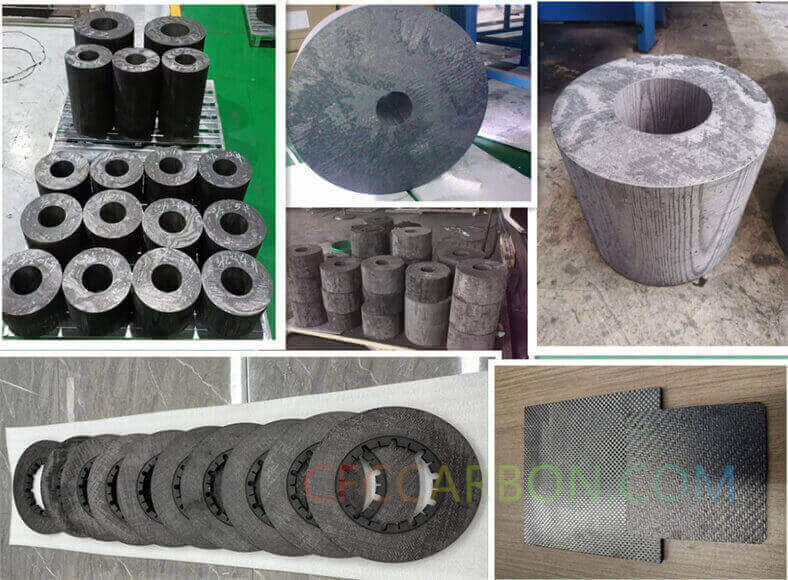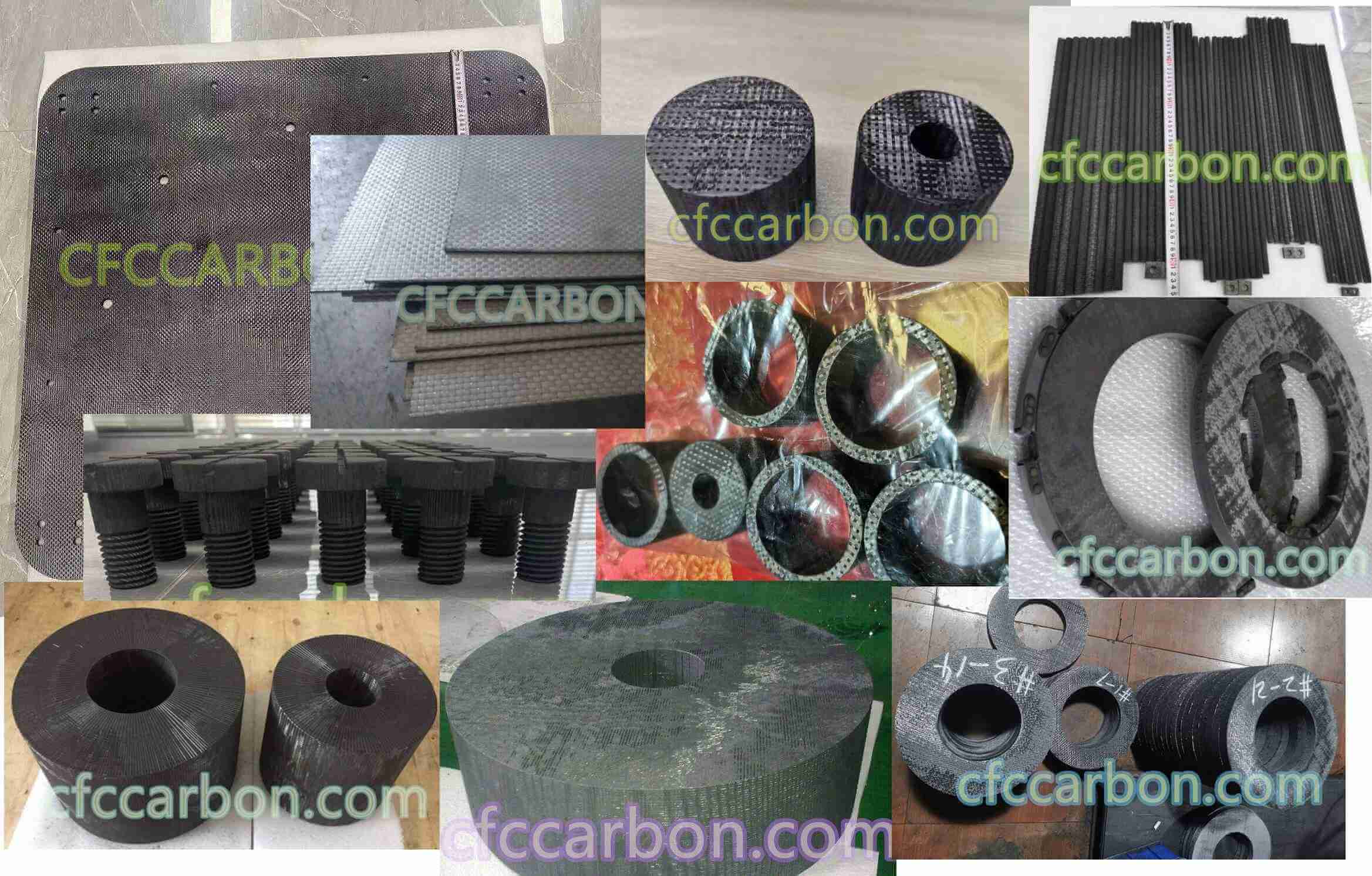Approximately 30 years ago, carbon-carbon (CC) composite was developed to meet the anticipated needs of the emerging space programs for materials that were resistant to high temperatures and were able to maintain structural integrity while experiencing the thermal stresses of

3D 4D carbon fiber composite material manufacturer factory -airplane brake disc plates sheets U L profiles-2D(s)
reentry from space. The utility of this material was first demonstrated in a major Space Shuttle application where it performed on the wing leading edge and nose cap thermal protection system. Carbon-carbon technology has matured considerable since the first Space Shuttle application. Although more advanced versions continue to perform well on the space shuttle, CC composite has evolved as a versatile material for a wide variety of new applications.
The key to many of the new uses of CC is in development of improved oxidation-resistant systems for atmospheric use at high temperatures, of new high-modulus carbon fibers that provide dimensional rigidity and low thermal expansion for structural applications, and of newer matrices based on pitch or advanced high-char yielding resins that result in greater composite integrity and reduced processing time. The newest approach to rapid matrix processing is related to chemical vapor infiltration (CVI), but it is based on a liquid hydrocarbon precursor that is used instead of a gas.
One of the more visible applications of CC is on the wing leading edge and nose cap of the Space Shuttle orbiter. These components, which a corporation manufactured, are exposed to temperatures up to 2800F during orbiter entry into the atmosphese; in addition, they must

carbon fiber composite material manufacturer in China(1)
provide thermal protection and maintain structural integrity over multiple missions. Each orbiter wing contains 22 leading-edge CC airfoil panels and 22 sealing strips of CC. The nose cap is 4.5ft in diameter and consists of the primary cap and eight circumferential seal segments that allow for thermal growth and provide an interface with the adjacent tiles. The key to successful use of CC in this application is with the development of an effective oxidation-resistant coating system. Silicon atmosphere at a temperature of 3000F. This diffusion yields an oxygen barrier that is further enhanced by a sealant consisting of TEOS, sodium silicate, and graphite fibers.
In a related but more demanding application, the National Aero-space Plane program is considering the use of CC in thermally critical areas. The anticipated temperatures of 5000F on the nose cap and approximately 3500F on the wing- and tail-leading adges, coupled with minimum weight and high-strength requirements, make CC one of the more attractive candidate materials. A specific NASP application under development at a corporation involves the fabrication of a CC elevon control surface. This control surface will be based on an advanced version of the CC used on the Space Shuttle, and it will also use a silicon carbide-type of coating for oxidation resistance to 3000F. NASA Langley reseach center is sponsoring this effort, with the deliverables scheduled for 1990. The European spacepalne Hermes is also using CC, with appropriate oxidation-resistance protection for the nose cap, leading adges, and underwing areas.
Using CC in a jet-engine rotors and stators to permit high-combustion temperature operating conditions holds the promise of reduced engine size, weight, and fuel consumption. Higher temperature capabilities reduce the need for engine bypass cooling, thereby increasing engine efficiency. Carbon-carbon offers this potential capability plus a significant weight advantage over current high-temperature alloys. Operating temperatures that are well in excess of 1000F hotter than temperatures used in conventional engines are being sought.
An innovation in CC turbine rotors and disks was also demonstrated through the use of a polar-weave-based CC in test rotors. Fill fibers radiated from the rotor hub plies in this arrangement with hoop or warp fibers oriented in concentric circles. Spin tests on polar-weave CC rotors achieved approximately 40000r/min before failure.
related news /articles:
Mechanical properties of CC composite –CFCCARBON LTD
Carbon fiber reinforced silicon carbide composites (C/SiC, C/C-SiC)-(2)-application
Introduction of high-temperature coatings on CC composite material
Space shuttle orbiter thermal protection application of CC composite